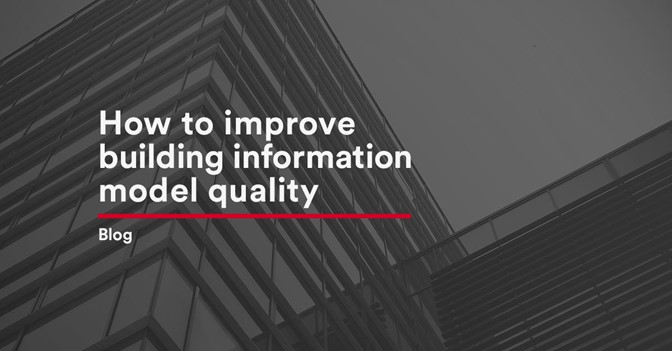What if you could access and leverage the design team’s or sub’s building information models for construction coordination, estimating, and scheduling more easily? For the last past few years, the AEC industry’s focus has been re-purposing the design team’s building information models for construction. Quality assurance is commonly used to describe the task of inspecting the model system by raising any areas for improvement, omissions or mistakes, and comparing the current drawing set to the way it was modeled in 3D. This process plays a major role in delivering quality building information models in conformance with requirements.
What is the true meaning of quality?
Quality means fitness for use. A high-quality building information model does what its customers want in such a way that they actually use the building information models as defined in the BIM management plan under the BIM uses and/or goals.
What is conformance to requirements?
Conformance at the model level is a subset of the overall quality definition. Model quality means conformance to requirements. Requirements include LOD, procedures, specifications, and accuracy of the building information model geometries. Conformance is the ability of a model to meet its BIM specifications. BIM specifications are an interpretation of what the customer, construction or design team need.
BIM model quality issues can be communicated using BIM Track and checked by following these steps:
- Establish the project design targets and goals in a BIM management plan and set up BIM Track project settings;
(Ex.: reduction of change orders in the field.) - Define the construction professionals who will use BIM and add them to BIM Track;
(Ex.: architects, engineers, builders, subs, etc.) - Develop the elements of the new design that will need to meet the requirements and run the check;
(Ex.: ceilings and ducts elevations, precast panel alignment with slab edges, curtain connections with bounding structural steel beams, mechanical equipment maintenance clearance is sufficient and free of obstructions, elements in the model are properly classified for quantity extraction, etc.) - Develop process controls, such as clash detection, code checking and standards checking (may use tools such as BIM Assure) to be able to deliver compliant models to the customers;
- Identify stakeholders liable for model quality and assign them to issues;
- Track solving time and coordination performance using BIM Track metrics.

Never assume model quality will happen by itself. Check your models— otherwise, all the benefits sold under the name of BIM will never pay off.
"Total quality management is a journey, not a destination." - Berry

